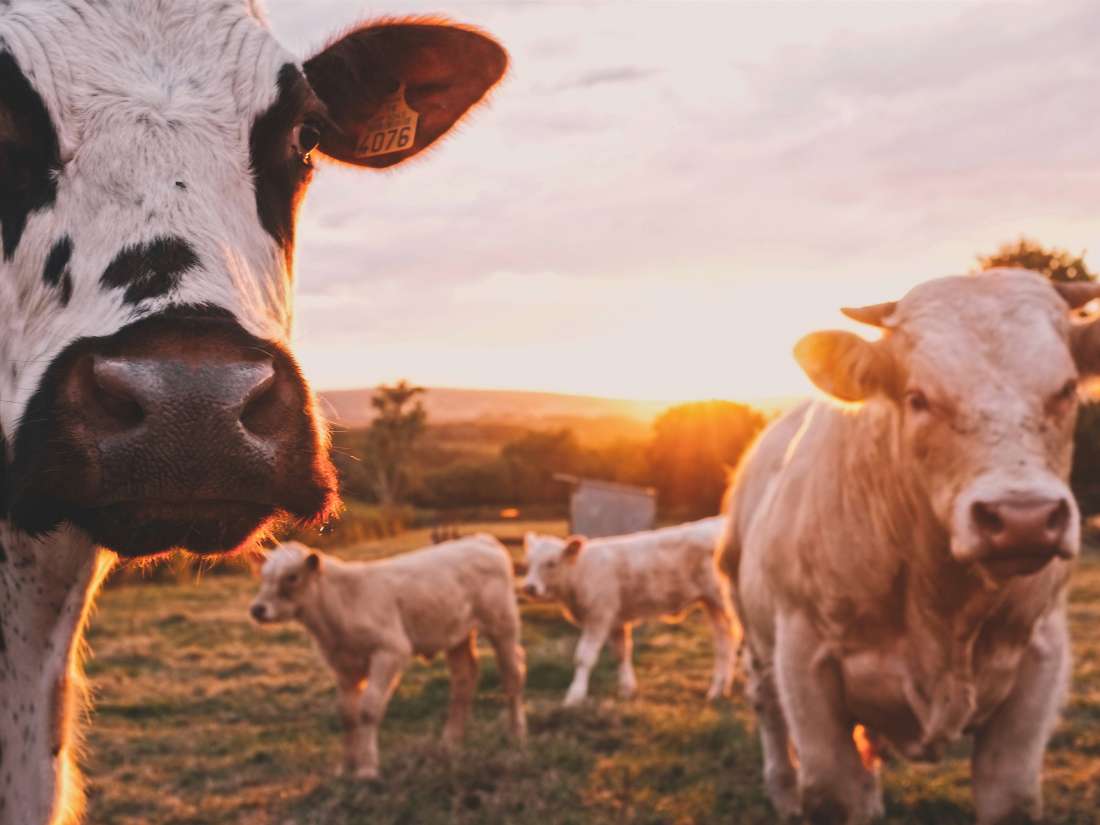-
Eric Drew posted an update in the group Nutritional Medicine Advocate Network
Welcome to our ongoing blog series about how you can eat for health, look & feel better, and live longer. We’ve been covering the fundamental questions of nutrition. Let’s talk about what food IS! If you want to know, this is where you belong.
Macronutrients are the basic parts of food. We believe people can live happier, healthier, longer lives through eating better. Better meaning in a way that allows a person to feel good and do the things they want to do in their lives. We share information with our friends, customers, and families about the role of nutrition in their lives. Let’s make choices that will improve our lives. The primary macronutrients are:
1.) Fats
2.) Protein
3.) Carbs
It feels like there’s no way to tell which diet is right or less wrong than the others! There is no nutrition plan that is going to work for everyone. What works for one person might not work for all. There ARE some basic, biological principles that are immutable and hold the keys to losing fat while maintaining and building healthy, lean muscle. One principle regards insulin, a hormone your body produces to regulate blood sugar levels. Insulin is often associated with diabetes but does much more. It’s a growth hormone that changes the way your body utilizes and stores fuel.
When you eat, your food gets broken down in your stomach into the macronutrients. As this is happening our bodies spring into action guided by the ratio of macronutrients. In American diets, (carb-heavy, low-fat, low-protein diets) the thing that most often occurs is a huge insulin dump into the bloodstream. When your body produces excessive amounts of insulin, it stores calories as fat from the food we eat. The primary reason our body produces too much insulin: sugar.
Eating breads, pastas, candy or anything that isn’t fat or PROTEIN, blood sugar will increase and insulin will spike. When blood sugar increases, blood LITERALLY gets thicker. Instead of being like water running through the garden hose of your vascular system, it becomes like molasses. Our veins are not intended to transport this thick, viscous blood. Yhe body still needs blood so it releases insulin. That insulin then takes the sugar and does one of two things: uses the sugar to replenish glycogen stores or almost instantly converts it to fat.
Carbohydrates that you eat are stored in your cells and liver as glycogen to be used as energy. Our bodies can ONLY store sugar as glycogen if the reserves are depleted! That’s the case after physical activity, otherwise your body makes fat. Combining protein and fat with carbohydrates, can reduce the secretion of insulin and keep blood sugar levels stay stable. You refuel in a way that doesn’t store fat. Simple, but how?
Eating a diet high in carbohydrates and low in fat and protein can drive fat storage. Eating the RIGHT macronutrient ratio can make you healthy and full of high-quality, sustained energyProof Smart Food Inc. | William Hogarty – PROOF SMART FOOD INC.William Hogarty, the CEO of Proof Smart Food Inc. is on a mission of killing Diabetes and sugar related diseases by creating Diabetic/Fitness friendly foods.
-
Eric Drew posted an update in the group Nutritional Medicine Advocate Network
-
Prophetic20 joined the group Nutritional Medicine Advocate Network
-
Eric Drew posted an update in the group Nutritional Medicine Advocate Network
-
Impactman joined the group Nutritional Medicine Advocate Network
-
robes joined the group Nutritional Medicine Advocate Network
-
Eric Drew posted an update in the group Nutritional Medicine Advocate Network
Omega-3 fish oil supplements may lower heart attack riskAn updated, pooled analysis of trial data links daily omega-3 fish oil supplements to lower risk of heart attack and death from cardiovascular disease. -
Eric Drew posted an update in the group Nutritional Medicine Advocate Network
10 Health Benefits and Uses for Turmeric Curcumin Supplements – Lyfe BotanicalsWhat are the health benefits of turmeric supplements? Learn more about the research and science behind curcumin’s medicinal uses and healing properties. -
Eric Drew posted an update in the group Nutritional Medicine Advocate Network
Healthful snacks can reduce feelings of fatigueSwapping sugar and saturated fat for vegetables and smoothies can diminish the impact of sleep deprivation, according to new findings. -
Eric Drew posted an update in the group Nutritional Medicine Advocate Network
Which foods are beneficial for a healthy gut microbiome?A diet that is rich in fruits, vegetables, and legumes, contains some red wine and poultry, and is low in red meat may keep the gut microbiota healthy. -
Eric Drew posted an update in the group Nutritional Medicine Advocate Network
'Antibiotic resistance in farm animals is rising fast'Antibiotic resistance is reaching a crisis point not just for humans, but also for farm animals bred for food, global evidence suggests.





